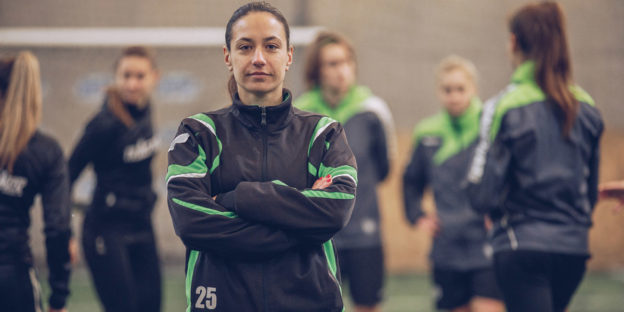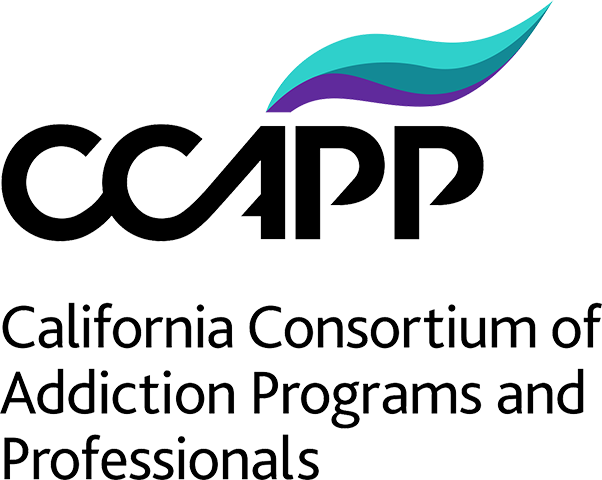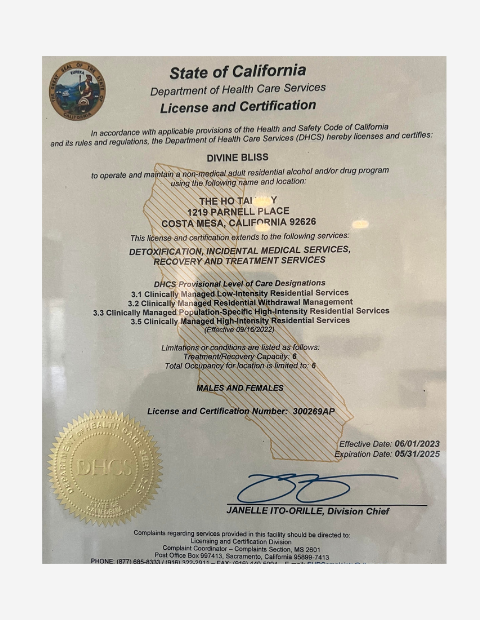Addiction does not discriminate. Yet, the stereotype of drug abuse paints the picture of a poor, homeless, middle-aged person begging for money. In truth, professionals like doctors, nurses, lawyers, and even athletes have struggled with drugs and alcohol. So, what do these professions have in common? Skill and discipline.
Why athletes might be at higher risk for addiction
Many sportspersons began playing at an early age aspiring to become the next pro star like Tiger Woods, Serena Williams, Kobe Bryant, or Alex Morgan. Not all athletes become professional players. The nature of sports is the competition and the goal to be the best. The intense pressure to perform well could lead to “doping” and increased risk of injury. Doping is defined as using substances to enhance performance (Reardon & Creado, 2014). The goal of improving performance is to gain an advantage from the pressure to be the best. Injury is a common concern with athletes. One wrong move could mean severe physical damage. The top 10 most common sports injuries are (n.d.):
- Hip flexor strain – causes pain and limits movement lifting the knees and moving the legs toward and away from each other.
- ACL tear or strain – a stabilizing knee ligament when damaged may require surgery and/or physical therapy.
- Concussion – brain injury from a strike to the head that causes the brain to be jarred or shaken.
- Groin pull or strain – creates difficulty with side movements or lack of flexibility.
- Shin splints – pain in the lower leg, usually from running activities.
- Sciatica – back pain that can travel down the legs to the feet and might have numbness, burning, and tingling.
- Hamstring strain – or pulled muscle on the back of the thigh caused by poor stretching can also cause tearing.
- Tennis or golf elbow – causes inflammation in the elbow and pain in the wrists and hands from repetitive movements.
- Shoulder injury – can occur from several injuries like dislocation, strains, and misalignment.
- Patellofemoral syndrome – knee injuries usually from falling on the knees.
Treatment of any injury depends on the severity and might include physical therapy, surgery, or medication. When prescribed opioid pain killers, athletes can become dependent, resulting in addiction.
Performance Enhancing Drugs
Initially, what comes to mind with performance-enhancing drugs (PEDs) is steroids and that it is a relatively new phenomenon. You may recall hearing about Michael Phelps or the baseball Biogenesis doping scandal. Because of the news and media attention, it appeared that doping was a recent event. Reardon and Creado (2014) suggested that the ancient Greek Olympians used brandy and wine with hallucinogens like mushrooms and sesame seeds as early as the third century BC. Doping then was also considered unethical, and those caught were enslaved (Reardon & Creado, 2014).
PEDs include:
- Anabolic steroids
- Hormone and metabolic modulators
- Growth hormones
- Beta-2 agonists
- Glucocorticoids
- Beta-blockers
- Diuretics
The World Anti-Doping Agency ([WADA], 2020) compiled a complete list of hundreds of prohibited substances that fall into the above categories. The danger of PEDs is that they can be addictive despite the lack of euphoria or addictive potential. What then becomes addictive is the desired results and extreme motivation from consistently using PEDs. For instance, anabolic steroids produce muscle mass and strength, and the desired result is more strength and muscle, creating a vicious cycle.
A star who rose and fell
Injuries in sports are common. Some require aggressive treatment like surgery, others might benefit from physical therapy or medication. Teenager, Danielle MacPherson was a cheerleader and soccer player. She tore her meniscus (knee cartilage) during a championship game and continued playing despite the injury (Chiu, 2017). Danielle took prescription opioids (not hers) to manage the pain so that she could continue playing (Chiu, 2017). That decision cost MacPherson eight years of addiction with eight overdoses and six suicide attempts. She started by ingesting pills and eventually began using needles (Chiu, 2017). Danielle was also diagnosed with bipolar disorder and ADHD, which contributed to her battle between mental illness and substance abuse (Chiu, 2017).
Mental health and addiction
The excitement and competition of sports could feed the cyclic ups and downs of bipolar disorder. Hainline Bell and Wilfert (2017) noted that 8.9 million adults have co-occurring mental health and substance use disorders and that college students aged 18-24 are prime ages for onset of mental health issues. Reardon and Creado (2014) noted that mental illnesses are often unaddressed in athletes because of the view of weakness and stigma associated. Athletes who have a mental health issue might self-medicate to reduce shame.
Treatment for athletes with substance abuse
Like many other addicts, athletes will need much of the same treatment. For instance, medicated detox will help ease the withdrawal symptoms so that you can engage in the “meat and potatoes” of recovery. Depending on the severity and length of substance use, options include inpatient or outpatient.
- Detox – consists of keeping you as comfortable as possible until your withdrawal symptoms subside. You will meet with the physician to assess medication needs. Your therapist will help you with treatment planning and conduct a complete assessment history.
- Inpatient – consists of 24/7 care with professionals and staff. You will attend groups and classes to help you focus on building resilience, strengthening self-awareness, and accessing your inner ability to heal and recover. Your therapist will meet with you regularly to help you process any thoughts or feelings and to help you succeed in achieving your treatment plan goals.
- Outpatient – The Ho tai Way – Recovery for Women will link you with an appropriate outpatient facility once you complete residential. Outpatient services typically consist of one to three groups weekly to help you keep the momentum of recovery going.
Just like with your given sport, practice is crucial to building mastery. Recovery, too, requires training in the form of working on self. If you or a loved one needs treatment, contact The Ho tai Way – Recovery for Women admissions department today to get the help you deserve. Call 714-581-3974 to speak with one of our admissions specialists.
References
- Chiu, E. (2017, January 11). How a sports injury turned an athletic teen into an opioid addict. CBC. https://www.cbc.ca/news/canada/nova-scotia/opioid-danielle-macpherson-addiction-cocaine-heroin-intrevenous-drugs-1.3930864?fbclid=IwAR2DijET372N6OFq6vlI-oz3DozeRVDfzRbm20tvN8Y9PXNK_IrDlSesehc
- Hainline, B., Bell, L., & Wilfert, M. (2017, July 18). Mind, body and sport: Substance use and abuse. NCAA.org – The Official Site of the NCAA. https://www.ncaa.org/sport-science-institute/mind-body-and-sport-substance-use-and-abuse
- Reardon, C. L., & Creado, S. (2014). Drug abuse in athletes. PubMed Central (PMC). https://www.ncbi.nlm.nih.gov/pmc/articles/PMC4140700/
- Top 10 most common sports injuries. (n.d.). https://www.unitypoint.org/livewell/article.aspx?id=591d8cf1-1ee5-4cb3-b662-a5f21f6f13bc
- World Anti-Doping Agency. (2020, January). Prohibited list. https://www.usada.org/wp-content/uploads/wada_2020_english_prohibited_list.pdf









